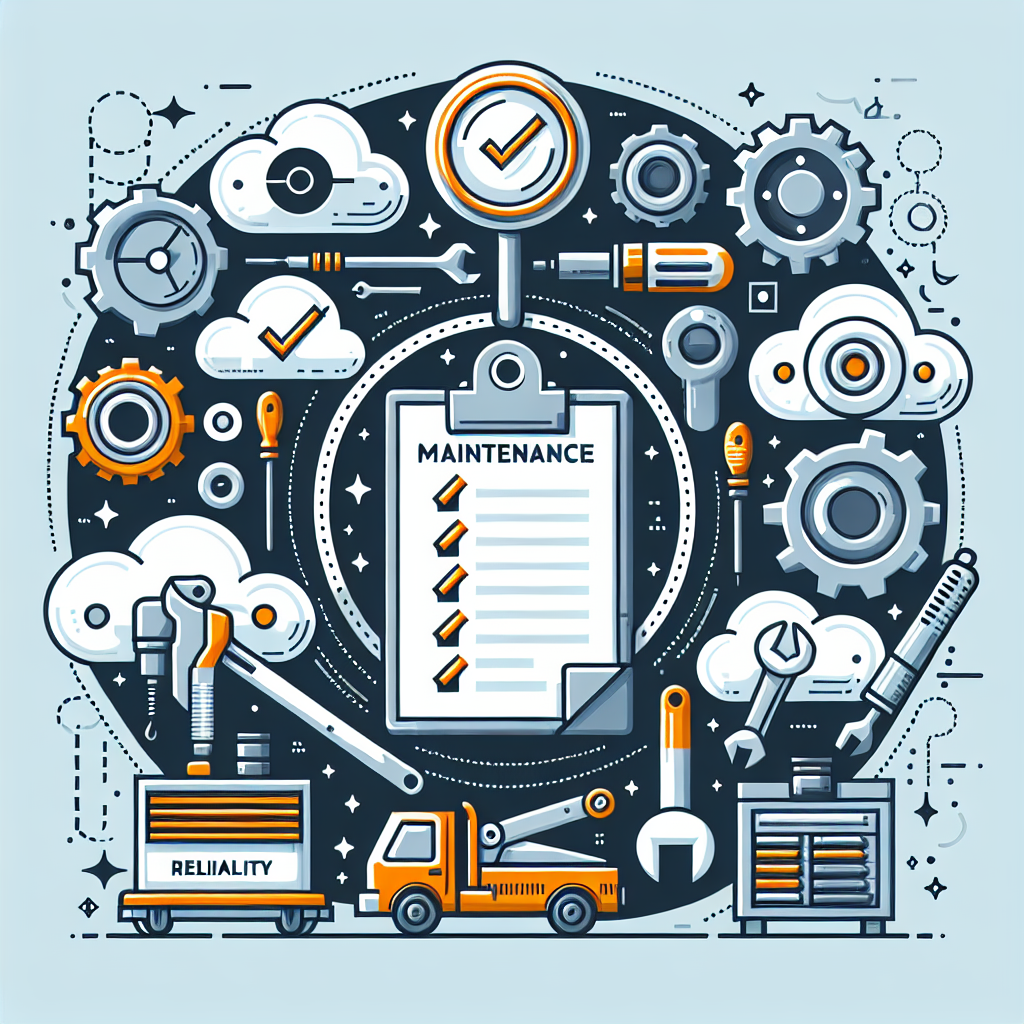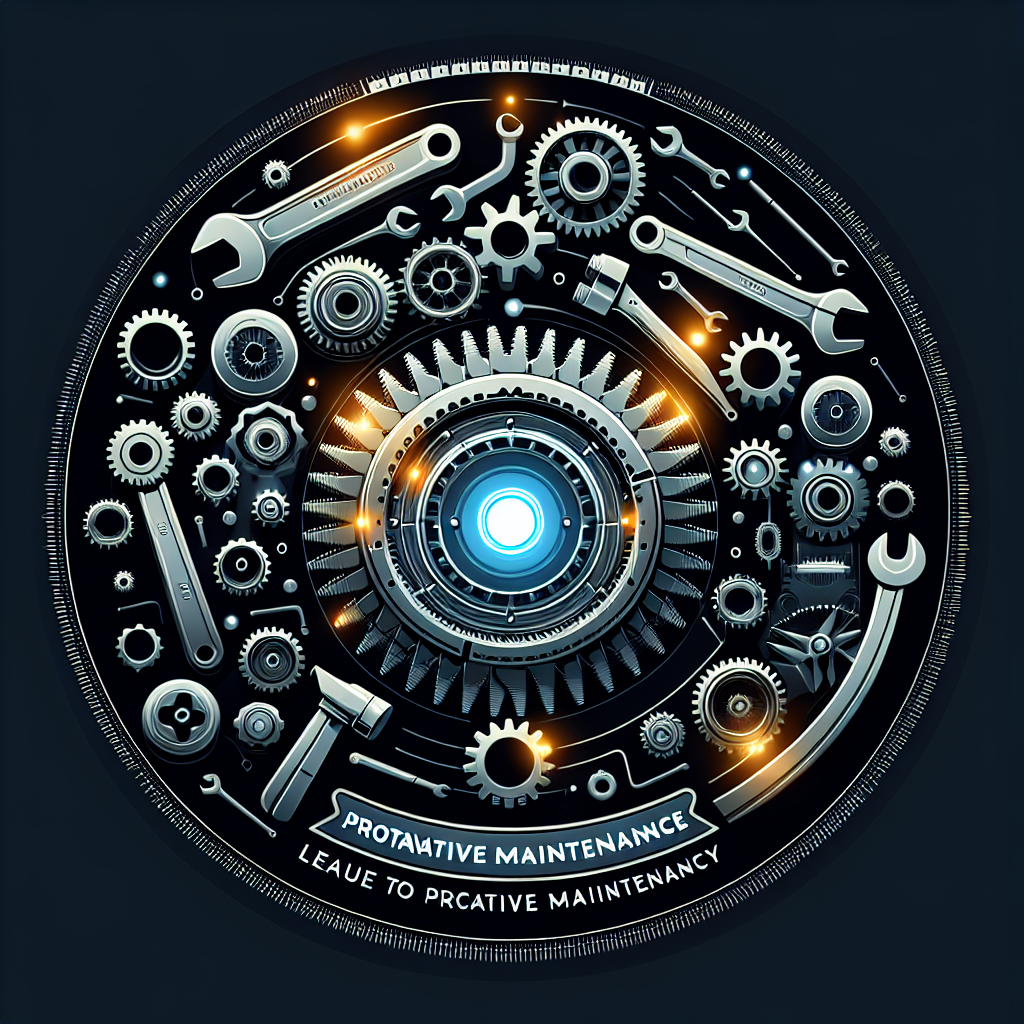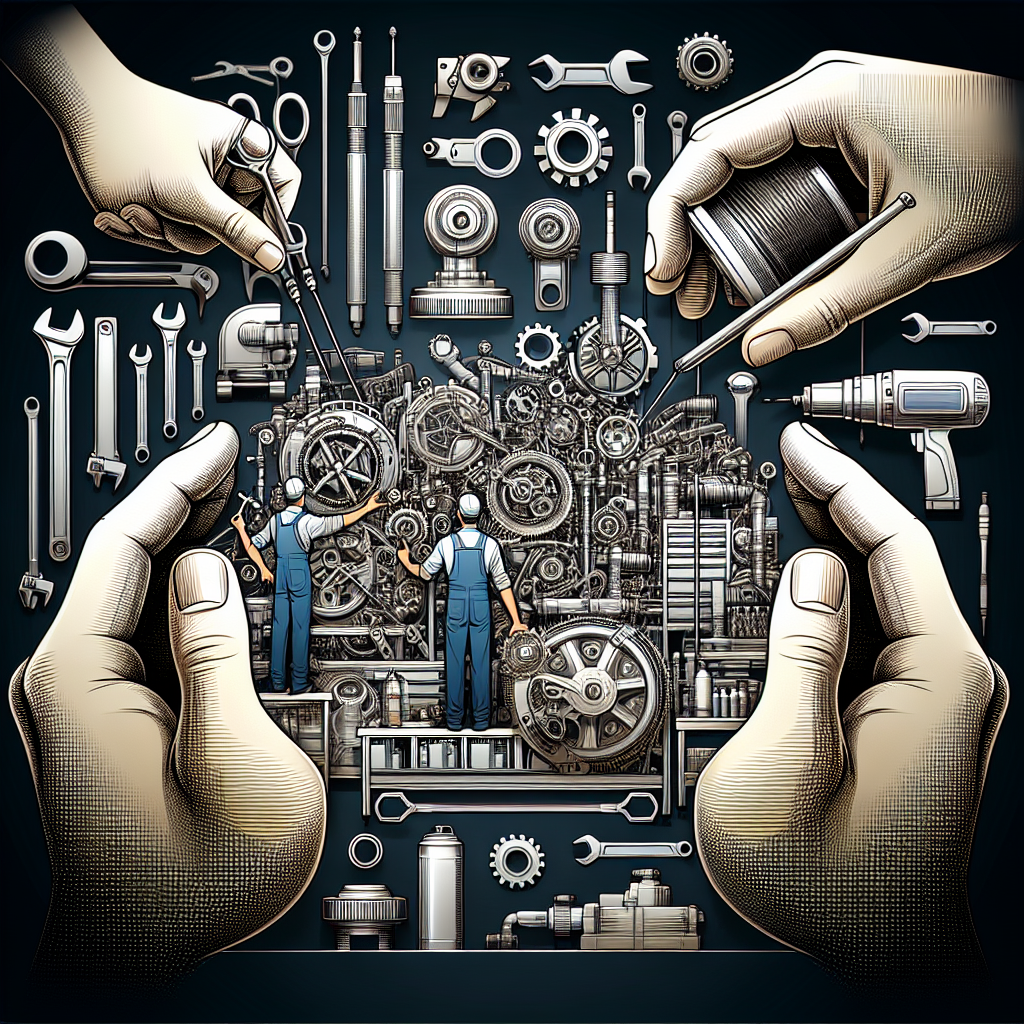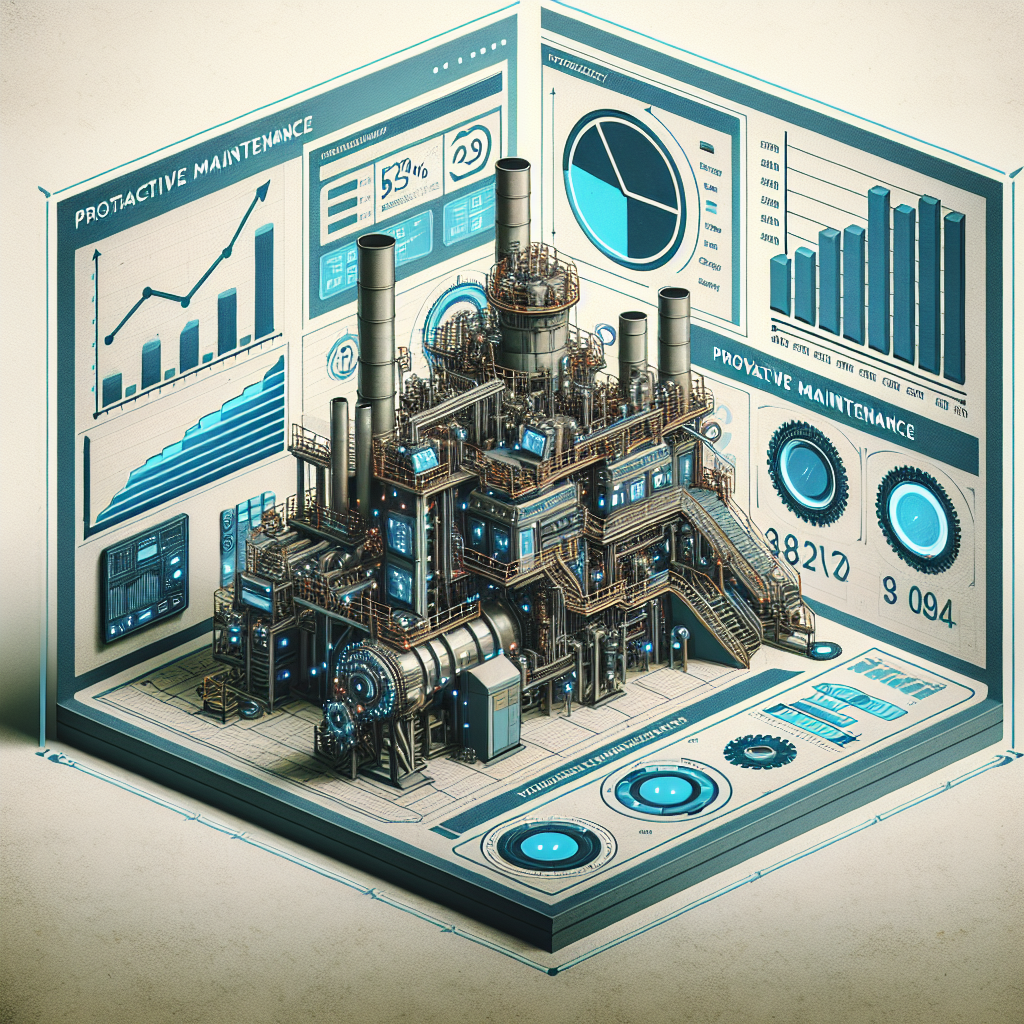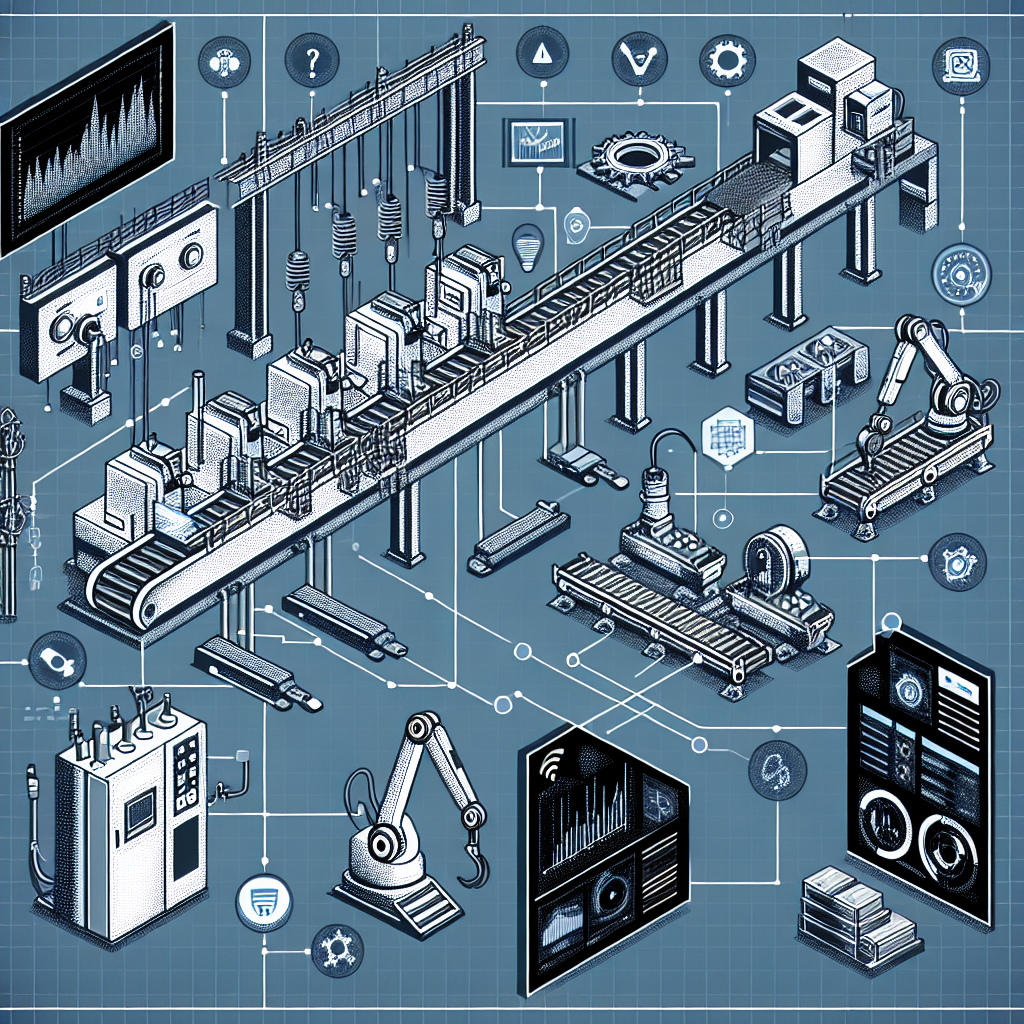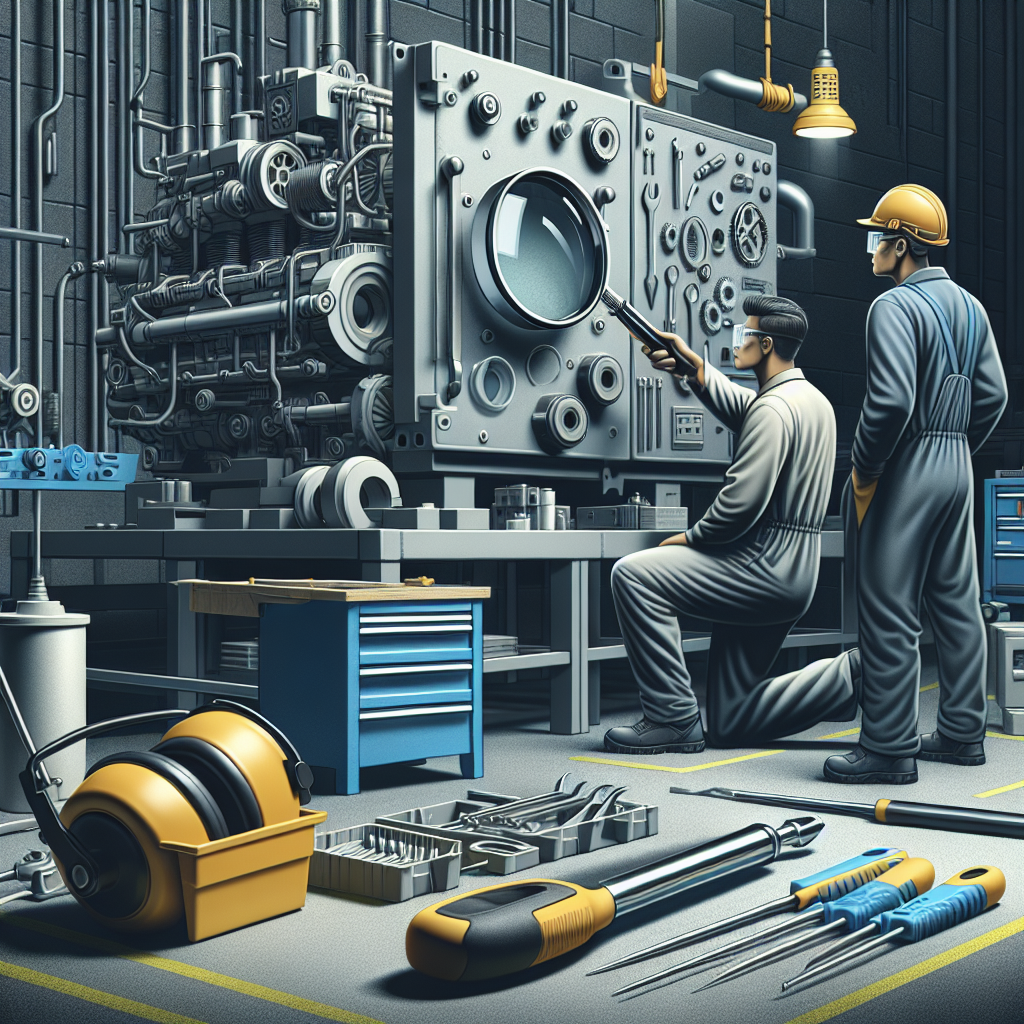Proactive Maintenance Strategies to Improve Equipment Reliability
In today’s fast-paced industrial landscape, equipment reliability is crucial for ensuring smooth operations and minimizing downtime. Proactive maintenance strategies can help companies improve the reliability of their equipment and avoid costly breakdowns. By implementing these strategies, businesses can optimize their maintenance processes, increase productivity, and extend the lifespan of their equipment.
One of the key proactive maintenance strategies is predictive maintenance, which involves using data and analytics to predict when equipment is likely to fail. By monitoring key performance indicators such as temperature, vibration, and oil analysis, maintenance teams can identify potential issues before they escalate into major problems. This allows companies to schedule maintenance activities at the most convenient time, preventing unexpected breakdowns and reducing downtime.
Another proactive maintenance strategy is preventive maintenance, which involves regularly inspecting and servicing equipment to prevent issues from arising. By following a predefined maintenance schedule, companies can identify and address potential problems before they impact operations. This can include tasks such as lubricating moving parts, replacing worn components, and cleaning filters. Preventive maintenance helps prolong the lifespan of equipment, improve performance, and reduce the risk of costly repairs.
In addition to predictive and preventive maintenance, companies can also benefit from implementing reliability-centered maintenance (RCM) strategies. RCM focuses on identifying the most critical components of equipment and developing maintenance strategies to ensure their reliability. By prioritizing maintenance activities based on the impact on operations, companies can allocate resources more effectively and maximize the performance of their equipment.
Furthermore, adopting a proactive maintenance culture within the organization is essential for achieving long-term reliability improvements. This involves creating a mindset that values preventive maintenance and continuous improvement, as well as providing training and resources to support maintenance teams. By fostering a culture of proactive maintenance, companies can empower their employees to take ownership of equipment reliability and work together to achieve common goals.
Overall, proactive maintenance strategies are essential for improving equipment reliability and maximizing operational efficiency. By implementing predictive, preventive, and reliability-centered maintenance strategies, companies can reduce downtime, increase productivity, and extend the lifespan of their equipment. By fostering a proactive maintenance culture within the organization, businesses can create a sustainable framework for maintaining equipment reliability and achieving long-term success.
